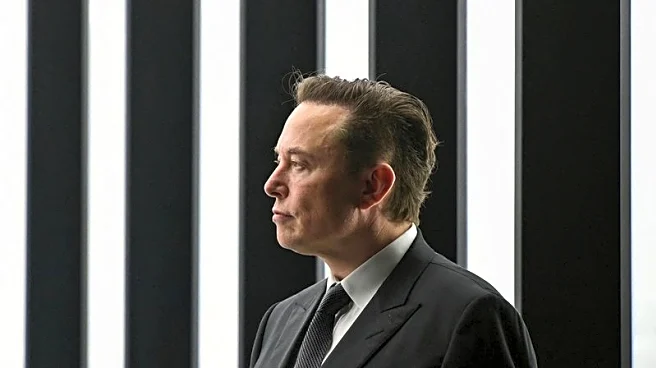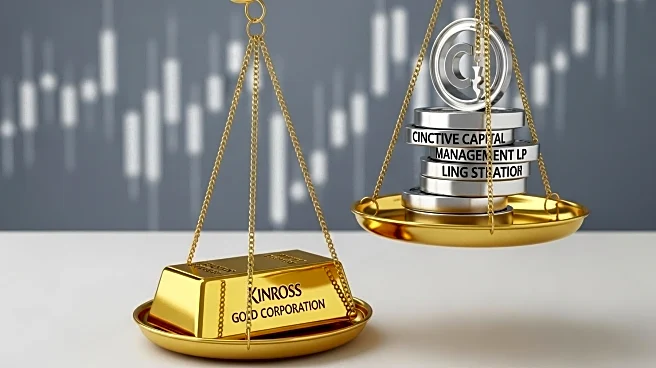What's Happening?
Star Copper has commenced phase two of its drilling program at the Star Project in northwestern British Columbia, Canada. This follows the completion of phase one, which identified significant mineralization in drillhole S-056. The new phase aims to expand the copper footprint by targeting stepouts and deeper tests at Star Main, while also exploring new areas at Star North and Copper Creek. The company has prepared drill-ready targets and completed geological surveys to enhance its understanding of the deposit. The Star Project consists of 19 mineral claims and is located within Canada's Golden Triangle and Golden Horseshoe regions.
Why It's Important?
The initiation of phase two drilling by Star Copper is a crucial step in advancing the exploration and development of copper resources in Canada. Copper is essential for electrical infrastructure, and its demand is expected to rise significantly, driven by the growth of data centers and other industries. By expanding its exploration efforts, Star Copper is positioning itself to meet this increasing demand, potentially boosting its market value and contributing to the global copper supply. The project could also attract further investment and interest in the region's mineral resources.
What's Next?
As Star Copper progresses with its phase two drilling, the company will likely report new findings and updates on the mineralization of the Star Project. These results could influence future exploration strategies and investment decisions. The company may also seek additional funding to support its ongoing exploration activities and expand its operations. Stakeholders, including investors and industry experts, will be watching closely to assess the project's potential impact on the copper market and the broader mining industry.
Beyond the Headlines
The expansion of copper exploration by Star Copper may have long-term implications for the mining industry and environmental considerations. As demand for copper increases, companies may face challenges related to sustainable mining practices and environmental impact. The project could also prompt discussions on the role of mineral resources in supporting technological advancements and infrastructure development.












